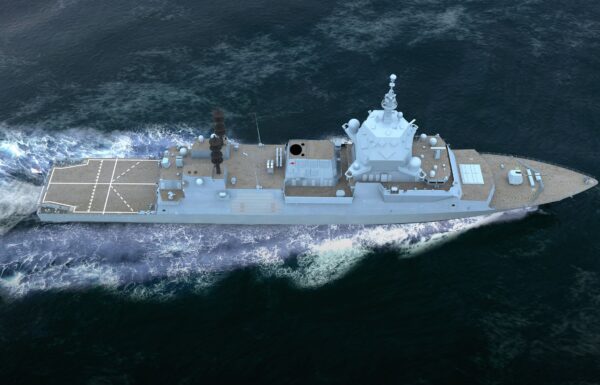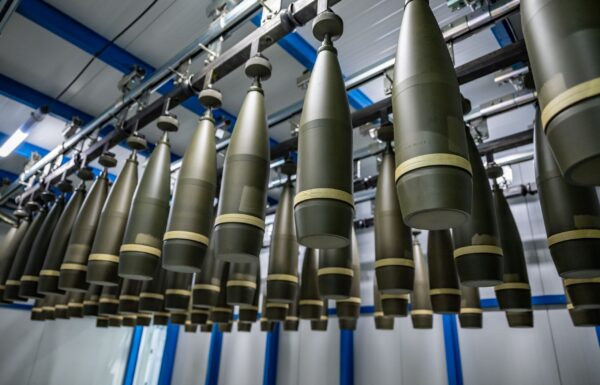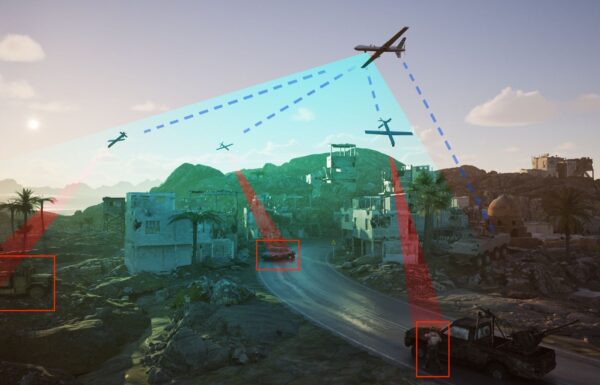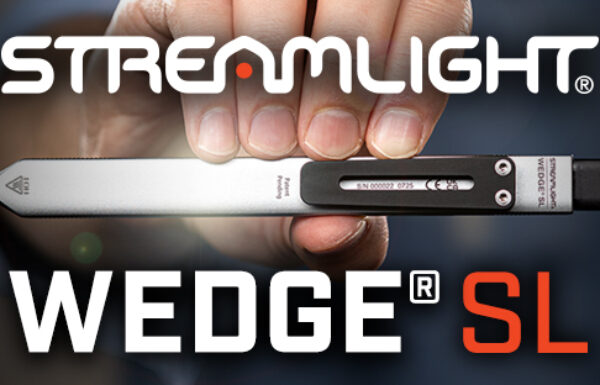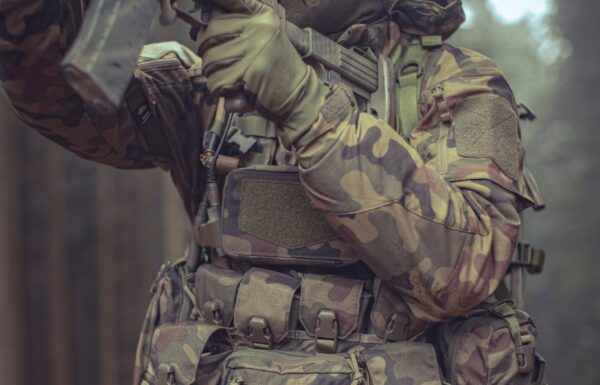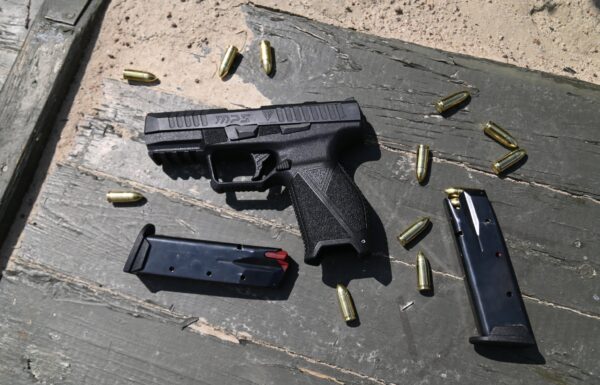On Tuesday, October 7, 2025, the Federal Office of Bundeswehr Equipment, Information Technology and In-Service Support (BAAINBw) announced that, on behalf of the Federal Ministry of Defence of Germany, it had signed a contract worth several hundred million euros with Munich-based startup TYTAN Technologies to develop interceptor drones designed to protect military infrastructure from threats posed by other unmanned aerial systems.
The project, led by the Bundeswehr Innovation Laboratory in Erding, aims to develop a defense architecture against threats posed by medium-sized, medium-range unmanned aerial vehicles (UAVs) – categorized as Class II under NATO terminology, meaning systems weighing between 150 and 600 kilograms. The goal is to ensure effective protection of the Bundeswehr’s critical infrastructure.
The foundation of this approach is the integration of various types of sensors, effectors, and guidance and control components — technologies of the C4 class (command, control, communications, and computing). To achieve this, the contractor will introduce its AI- and machine learning–guided interceptor drones, which have already been successfully tested in operational conditions both domestically and abroad, according to a BAAINBw statement from April 4 of this year.

As emphasized, hostile or unidentified unmanned aerial vehicles should be autonomously and precisely detected, and then neutralized using interceptor drones (as seen during recent incidents in Germany and other countries – editor’s note). This development offers a cost-effective solution to fill existing gaps in counter-UAV defense capabilities, without the need to engage expensive air defense systems.
In the coming months, a demonstration of the contracted system will be prepared to showcase how an effective defensive shield for Bundeswehr infrastructure can be created through the integration of innovative interceptor drones with adapted sensor technologies and C4-class command systems.

According to Munich startup TYTAN Technologies (on its website), its Interceptor drone, produced using additive manufacturing (3D printing), has a launch weight of 5 kg, including a 1 kg payload, a range of more than 15 km, and a cruise speed exceeding 250 km/h. The company has already conducted in-flight demonstrations of the system.
It is offered in a man-portable version, launched by a soldier from a collapsible launcher, and a mobile version, housed in a launch container mounted on a wheeled or tracked platform. The control system is fully autonomous; the operator is required only to authorize the drone’s launch and to confirm the intercept of a hostile object.


